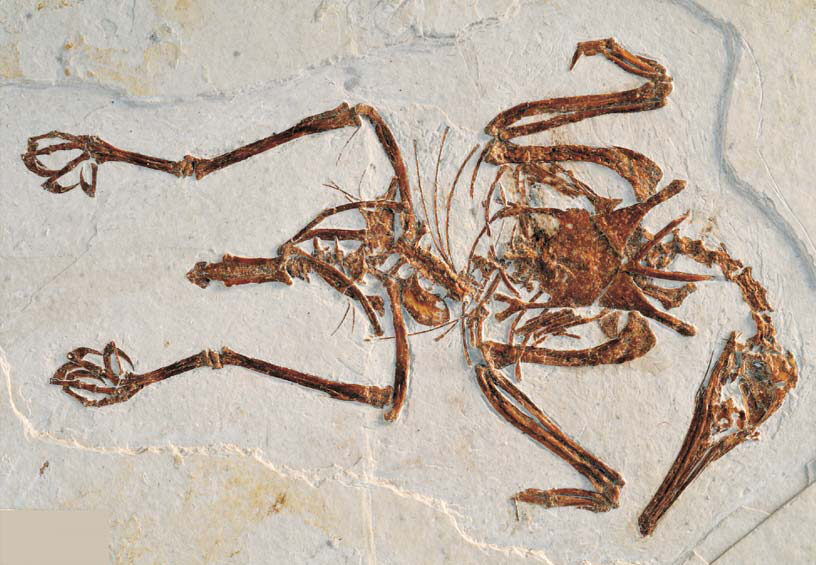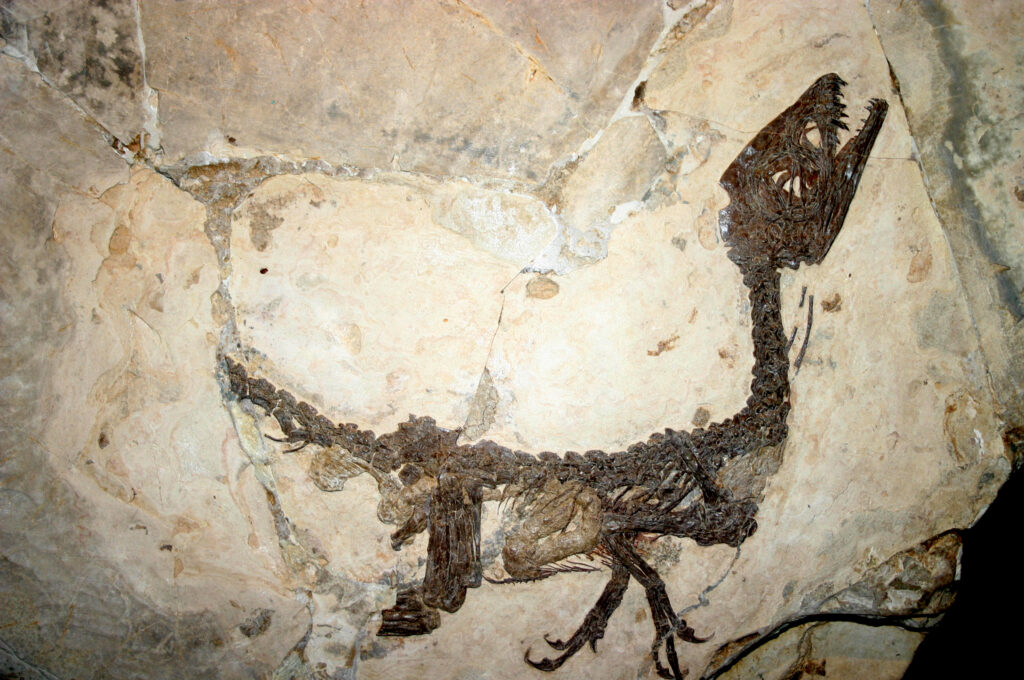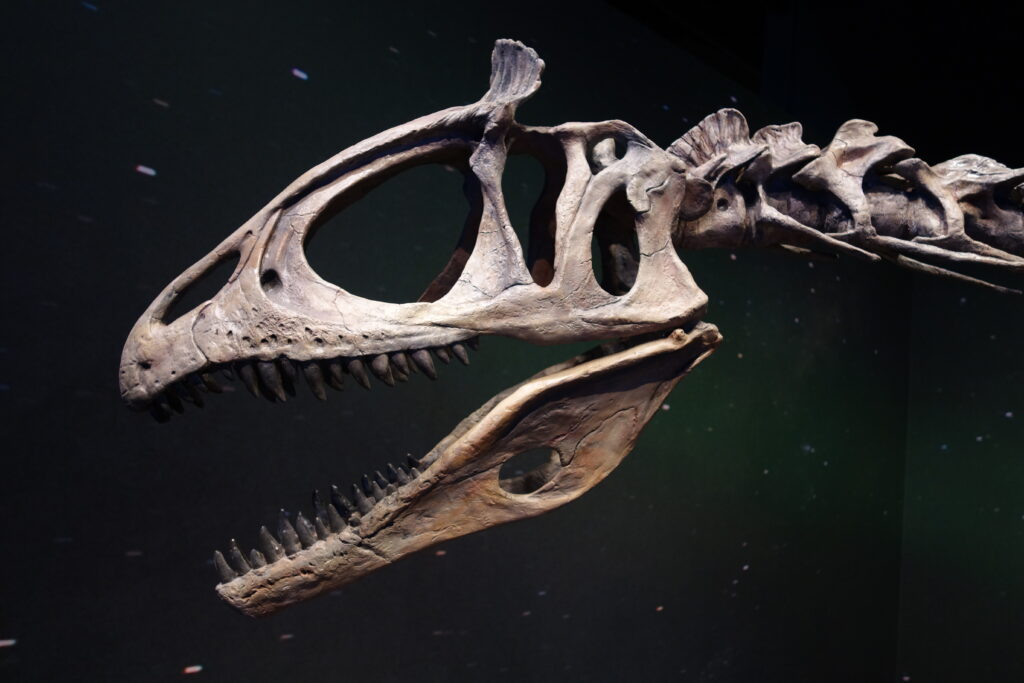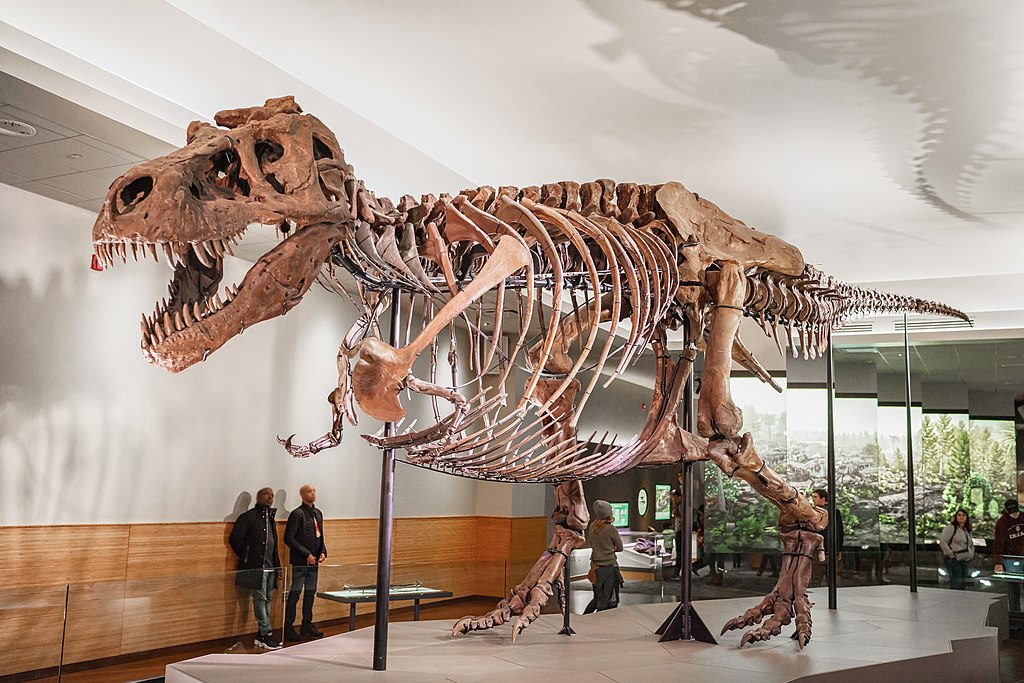Discovering a fossil can be an exhilarating experience that connects us to Earth’s ancient past. However, when such a discovery occurs on federal land in the United States, specific laws and procedures immediately come into play. Federal lands encompass national parks, forests, wildlife refuges, and Bureau of Land Management areas—collectively covering about 640 million acres or approximately 28% of the nation’s total land area. These regulations exist not merely as bureaucratic red tape but as essential protections for America’s paleontological heritage. Understanding what happens after finding a fossil on federal land is crucial for anyone who enjoys hiking, exploring, or specifically fossil hunting on public lands.
Legal Framework: The Paleontological Resources Preservation Act

The primary legislation governing fossil discoveries on federal land is the Paleontological Resources Preservation Act (PRPA) of 2009. This comprehensive law was enacted to protect paleontological resources on federal lands and to promote their scientific, educational, and recreational values. The PRPA provides a unified regulatory framework across different federal land management agencies, including the National Park Service, Bureau of Land Management, U.S. Forest Service, and Fish and Wildlife Service. This legislation explicitly states that fossils found on federal land belong to the public and must be preserved for scientific research and public education. Under this law, casual collecting of common invertebrate and plant fossils may be permitted on certain federal lands, but vertebrate fossils and any scientifically significant specimens require special permits for collection.
Immediate Actions When You Find a Fossil

If you stumble upon what appears to be a fossil while exploring federal land, your immediate actions can greatly impact its scientific value. First, take photographs of the fossil in situ (in its original position) with something for scale, such as a coin or ruler. Document the precise location using GPS coordinates if possible, noting landmarks and other environmental features. Crucially, do not attempt to remove or excavate the fossil unless you have proper authorization. Even seemingly insignificant movements can damage the specimen or destroy valuable contextual information that scientists need. Instead, make detailed notes about what you’ve found and its location, then contact the nearest federal land management office or visitor center to report your discovery.
Reporting Requirements and Procedures

Reporting a fossil discovery on federal land is not just recommended—it’s legally required for significant finds. Each federal agency has specific reporting procedures, but generally, you should contact the land manager responsible for the area where the fossil was found. For national parks, report to park rangers at visitor centers. For Bureau of Land Management lands, contact the nearest field office. The U.S. Forest Service and Fish and Wildlife Service have similar reporting channels through their local offices. When reporting, be prepared to provide detailed information about the location, photographs if available, and a description of what you observed. Officials may ask you to guide them back to the site or provide additional information to help assess the scientific significance of the discovery.
Casual Collecting: When is it Permitted?

The PRPA does allow for “casual collecting” under certain circumstances, creating a limited exception for amateur fossil enthusiasts. Casual collecting is defined as the collecting of a reasonable amount of common invertebrate and plant paleontological resources for non-commercial personal use. This activity is permitted only on Bureau of Land Management and U.S. Forest Service lands, and explicitly excludes National Parks and Wildlife Refuges, where all collecting is prohibited. Even where permitted, casual collecting has strict limitations: you may only collect common invertebrate and plant fossils, not vertebrate fossils (bones, teeth, etc.); collection must be surface collection using non-powered hand tools; and collected materials cannot be sold or bartered. Additionally, there are quantity limitations—typically limited to 25 pounds per person per day, not to exceed 100 pounds annually.
Scientific Assessment of Your Discovery

When you report a fossil find, federal paleontologists or other qualified scientists will evaluate its scientific significance. This assessment considers several factors, including the rarity of the specimen, its completeness, the geological context, and its potential to contribute to scientific knowledge. The evaluation process might involve site visits, preliminary excavation, and consultation with experts in the relevant field of paleontology. Based on this assessment, authorities will determine the appropriate course of action. For scientifically significant specimens, a formal excavation might be organized with professional paleontologists. The assessment might also determine that the fossil represents a new species or provides evidence that changes existing scientific understanding, in which case it becomes particularly valuable for research and museum collections.
Excavation Protocols on Federal Land

If your fossil discovery warrants excavation, this process follows strict scientific protocols to preserve both the specimen and its contextual information. Federal agencies typically partner with museums, universities, or other research institutions that have the expertise and resources needed for proper excavation. Professional paleontologists use specialized tools and techniques to carefully remove the fossil from the surrounding rock, often applying consolidants to fragile specimens to prevent breakage during extraction. The excavation team documents every aspect of the process, creating detailed maps, taking photographs, and collecting sediment samples that provide information about the environment in which the organism lived. This meticulous approach extends beyond the fossil itself to include the geological context, associated fossils, and stratigraphic relationships that tell the complete scientific story of the discovery.
Penalties for Unauthorized Collection

The PRPA established serious consequences for those who illegally collect, damage, or sell fossils from federal lands. Civil penalties can reach up to $100,000 per violation, with each fossil potentially constituting a separate violation. Criminal penalties for knowingly violating the law include fines up to $250,000 and imprisonment for up to five years. These penalties increase substantially for commercial violations or cases involving multiple specimens. Additionally, any fossils collected illegally are subject to forfeiture, along with any vehicles or equipment used in the violation. The severity of these penalties reflects the irreplaceable nature of paleontological resources and the harm caused by unauthorized collection, which can permanently destroy scientific information and deprive the public of its shared natural heritage.
Recognition and Acknowledgment for Finders

While you cannot keep significant fossils found on federal land, proper reporting often brings recognition for the finder. Federal agencies and partner institutions typically acknowledge individuals who discover important fossils through various means. Your name might be mentioned in scientific publications describing the specimen, in museum displays, or press releases about the discovery. In some cases, especially significant finds might even be named after their discoverers, immortalizing their contribution to paleontology. Beyond formal recognition, many finders are invited to visit laboratory facilities where the fossils are being prepared and studied, providing a unique behind-the-scenes look at the scientific process. This acknowledgment system rewards responsible reporting while ensuring that important specimens remain in the public trust.
Curation and Long-Term Preservation

After excavation, fossils from federal lands enter a carefully managed curation system to ensure their long-term preservation and accessibility for research. These specimens are typically housed in approved repository institutions such as natural history museums, university collections, or federal facilities with appropriate expertise and storage capabilities. The curation process involves cleaning, stabilizing, and cataloging each specimen according to professional standards. Detailed records are maintained, including the fossil’s original location, geological context, and discovery information. These repositories must meet strict federal requirements for security, environmental controls, and accessibility to researchers. The goal of this curation system is to preserve these irreplaceable scientific resources indefinitely while making them available for ongoing research, education, and occasional public display.
Educational and Research Opportunities

Reporting a fossil discovery can open doors to educational and research opportunities that might otherwise be inaccessible. Many federal agencies and partner institutions offer programs that allow finders to participate in aspects of the excavation or preparation process under professional supervision. These opportunities provide hands-on experience with paleontological fieldwork and laboratory techniques. For students or aspiring scientists, a significant fossil discovery can lead to internships, research projects, or mentoring relationships with professional paleontologists. Even for casual enthusiasts, the experience often includes learning about the scientific significance of their find through personalized explanations from experts. Some land management agencies also organize public days at excavation sites, allowing finders and community members to observe paleontological work in progress and understand how their discovery contributes to scientific knowledge.
Differences Across Federal Land Types

The management of fossil discoveries varies somewhat depending on which type of federal land is involved. National Parks enforce the strictest protections—no paleontological resources may be collected without a research permit, and these permits are only issued to qualified researchers conducting legitimate scientific investigations. Bureau of Land Management (BLM) and U.S. Forest Service lands allow limited casual collecting of common invertebrate and plant fossils as previously described, but vertebrate fossils remain fully protected. Wildlife Refuges generally prohibit all collecting without special permits. Military lands and other special federal holdings have their specific regulations, often restricting public access entirely. These differences reflect the varying missions of federal land management agencies: while the National Park Service prioritizes preservation in an unimpaired state, the BLM and Forest Service operate under multiple-use mandates that include recreational opportunities alongside conservation goals.
State vs. Federal Land Regulations

The regulations governing fossil discoveries on state lands differ significantly from federal rules, creating a patchwork of policies across the country. While federal lands follow the uniform framework established by the PRPA, each state has developed its laws regarding paleontological resources on state-owned property. Some states, like Utah and California, have strict protections similar to federal regulations, while others permit more collecting by the public. This distinction becomes critically important when fossil hunting, as the boundary between state and federal land isn’t always clearly marked in the field. Responsibility falls on the fossil hunter to know whose land they’re exploring and which regulations apply. Misidentifying land ownership is not considered a valid defense for violating federal fossil protection laws, making it essential to research land status before any fossil-hunting expedition.
Public Access to Discovered Fossils

Fossils found on federal land ultimately belong to all Americans, and the federal curation system is designed to maximize public benefit from these discoveries. While specimens of scientific importance are primarily preserved for research, many eventually become accessible to the general public. Significant fossils often go on display in museum exhibitions, either at the repository institution or through traveling exhibits that reach communities across the country. Digital access is increasingly important, with many institutions creating online databases featuring high-resolution photographs and 3D scans of specimens in their collections. Federal agencies also develop interpretive programs at discovery sites when appropriate, installing educational signage or creating fossil viewing areas that allow visitors to understand the paleontological significance of the landscape. These various access points ensure that important fossil discoveries contribute to public education and appreciation of natural history, regardless of where they’re physically housed.
Participating in Permitted Fossil Programs

For enthusiasts who want to legally participate in fossil collection on federal lands, several structured programs offer supervised opportunities. The Bureau of Land Management and the Forest Service operate public fossil collection areas in specific locations where common fossils are abundant, and collecting activities have minimal impact on scientific resources. Some federal agencies partner with museums and universities to run “citizen science” paleontology programs, where members of the public can join authorized excavations under professional guidance. These programs provide training in proper collection techniques, scientific documentation, and fossil identification. The National Park Service, while prohibiting collection, offers fossil walks and paleontology-focused ranger programs at many parks with significant fossil resources. Additionally, several universities conduct summer field schools on federal lands with proper permits, offering more intensive training for students interested in pursuing paleontology academically.
Conclusion: Balancing Preservation and Discovery

The regulations governing fossil discoveries on federal lands reflect a careful balance between preserving America’s paleontological heritage and encouraging scientific discovery and public engagement. By reporting significant findings rather than removing them, members of the public play a crucial role in advancing scientific knowledge while ensuring these irreplaceable resources remain available for future generations. The collaborative relationship between federal agencies, scientific institutions, and citizen finders has led to many important paleontological discoveries that would otherwise have been lost. For the fossil enthusiast, understanding and following these regulations doesn’t diminish the thrill of discovery—rather, it enhances the experience by connecting individual finds to the broader scientific enterprise and our collective natural heritage. When you discover a fossil on federal land, you become part of a long tradition of exploration and stewardship that preserves the story of Earth’s past for all to learn from and enjoy.




